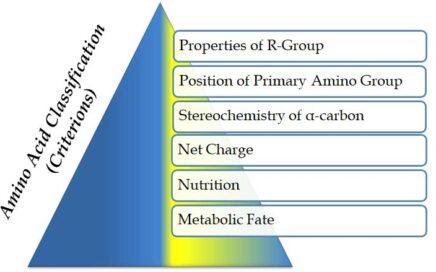
MCQ on Purines: Structure, Biosynthesis and Functions
Purines are nitrogenous organic compounds that consist of a double-ring structure. They are essential components of DNA and RNA and play crucial roles in cellular […]

Purines are nitrogenous organic compounds that consist of a double-ring structure. They are essential components of DNA and RNA and play crucial roles in cellular […]

Pyrimidine synthesis is a biochemical pathway to produce pyrimidine nucleotides, which are key components of DNA, RNA, and molecules like ATP and UTP. It involves […]

Purine synthesis is a biochemical pathway that cells use to produce purine nucleotides, the building blocks of DNA and RNA. It involves a series of […]

The pH scale is a measure of the acidity or alkalinity of a substance, ranging from 0 (highly acidic) to 14 (highly alkaline), with 7 […]

Cell walls are rigid structures surrounding plant, fungal, and bacterial cells, providing support, protection, and regulating cell shape and osmotic pressure. The chemical structure and […]

MCQ on Microbes in Nitrogen Cycle: In the nitrogen cycle, essential for ecosystem health, microbes such as nitrogen-fixing bacteria, nitrifying bacteria, and denitrifying bacteria play […]

MCQ on Significance of Hydrogen Bonds. Hydrogen bonds are crucial in various aspects of chemistry and biology. They stabilize protein and DNA structures, facilitating life’s […]

MCQ on Cellulose Synthesis in Plants: Cellulose is a carbohydrate (polysaccharide) composed of glucose molecules, serving as a structural component in plant cell walls. Cellulose […]

In the previous post, we discussed the Structure of Amino acids. There we have discussed the characteristics of amino acids and their ionic behavior. Here, […]